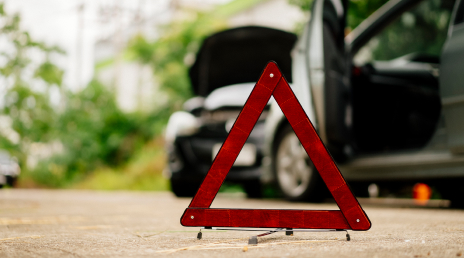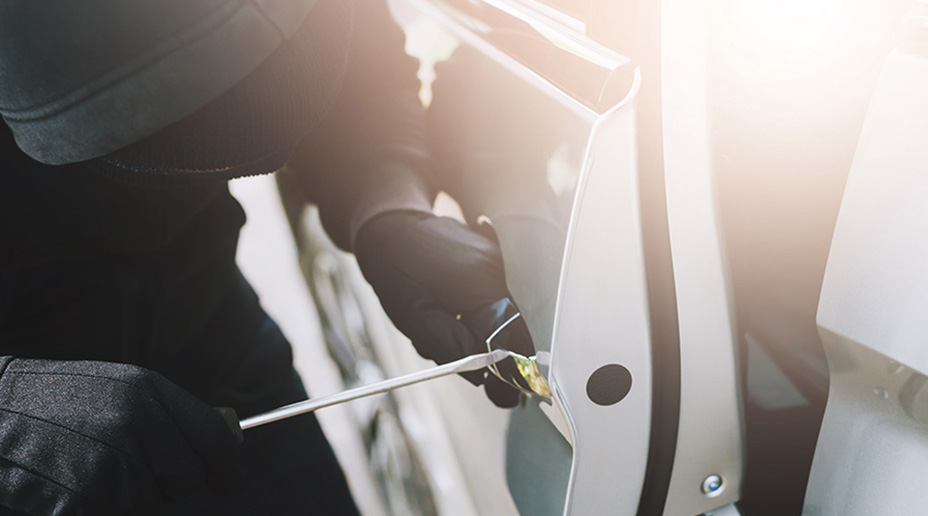What does excess mean in car insurance?
Published 14 December 2023
The amount you agree to pay towards any claim you make on your car insurance is known as an excess. And there's more than one type… find out the difference between voluntary excess and compulsory excess.
To get a better idea of what you might need to pay following a road accident, you’ll need to understand car insurance excess and how it affects any claims you make.
So, what does car insurance excess mean? It's basically the amount you agree to pay towards the total cost of repairing your car. It’s typically made up of two parts – voluntary excess and compulsory excess.
We’ll take a look at the different types of excess, explain how excess works on car insurance and help you find the information you need. When it comes to choosing your next policy, it’s important you get what’s right for you.
So, what does car insurance excess mean? It's basically the amount you agree to pay towards the total cost of repairing your car. It’s typically made up of two parts – voluntary excess and compulsory excess.
We’ll take a look at the different types of excess, explain how excess works on car insurance and help you find the information you need. When it comes to choosing your next policy, it’s important you get what’s right for you.
What’s a compulsory excess?
For car insurance, compulsory excess is usually a part of every insurance policy and is decided by the insurance provider when you apply for your policy. This can’t be changed. Compulsory excess will be different for every policyholder. It depends on your personal circumstances, including (among other things):
Your car's make, model and age
Where you keep it overnight
How long you've been driving
Your driving history
Some insurers may also charge additional compulsory excesses for drivers under the age of 25, as they’re seen as a higher risk than most other road users. They’ll also normally be higher if you’re insuring a performance or sports car because it’s more likely to cost the insurer more if it’s lost or damaged.
If you’re looking at a policy with a higher compulsory excess than you can afford, you could consider car excess insurance. This will cover you if you need to make a claim.
What’s a voluntary excess?
As the name suggests, voluntary excess on car insurance is different to the compulsory excess in that it’s dictated by the policyholder. Remember, this is the amount you’ll pay on top of the compulsory excess set by your insurer.
This means if you have a compulsory excess of £500 and you agree to a voluntary excess of £250, you’ll pay a total of £750 up front for your car to be repaired after an incident.
Because you’re agreeing to cover more of the cost of any claim, it’s likely that a higher voluntary excess will bring down the cost of your car insurance policy premium, as it lowers the financial risk to the insurer.
Before you take out a policy, you need to be sure you can afford to pay your total excess – both voluntary and compulsory – if you’re involved in an incident and need to claim.
This means if you have a compulsory excess of £500 and you agree to a voluntary excess of £250, you’ll pay a total of £750 up front for your car to be repaired after an incident.
Because you’re agreeing to cover more of the cost of any claim, it’s likely that a higher voluntary excess will bring down the cost of your car insurance policy premium, as it lowers the financial risk to the insurer.
Before you take out a policy, you need to be sure you can afford to pay your total excess – both voluntary and compulsory – if you’re involved in an incident and need to claim.
Why is understanding car insurance excess important?
Understanding how your car insurance excess affects your policy is important. It doesn’t only affect what you pay when you make a claim, it impacts your monthly or annual payments too.
When you’re researching car insurance policies, keep excess in mind. Balancing voluntary and compulsory excess effectively and carefully can be of huge benefit to the cost and peace of mind you get from your policy.
When you’re researching car insurance policies, keep excess in mind. Balancing voluntary and compulsory excess effectively and carefully can be of huge benefit to the cost and peace of mind you get from your policy.
-
Higher voluntary excess
-
Lower voluntary excess
-
Compulsory excess
Higher voluntary excess generally means lower insurance premiums. But if you can’t afford to pay the combined total of your voluntary and compulsory excess charges, it’s worth lowering your voluntary excess amount.
Lower voluntary excess means a lower cost when you make a claim, but you’ll probably have to pay more for your policy in the first place.
Compulsory excess only policies generally mean you’ll pay less if you make a claim as there’s no voluntary excess involved. But these are likely to come with higher premiums, so be prepared to pay more for your insurance policy.
WithAllianz Car Insurance you’ll have a choice of voluntary excess and the ability to customise your policy at the touch of a button, 24/7. So, you get a policy that’s right for you and you can rest assured we’ve got you covered.




























